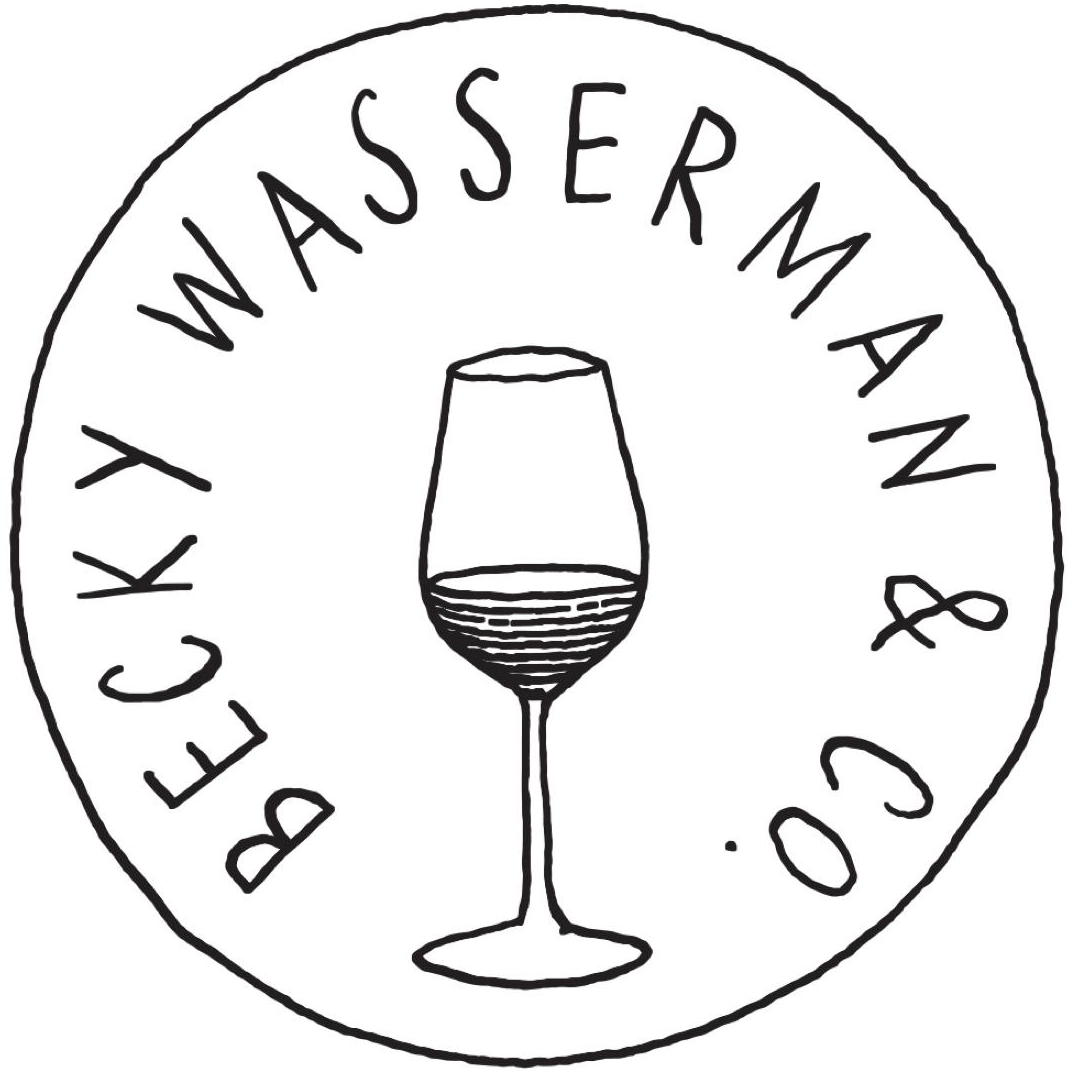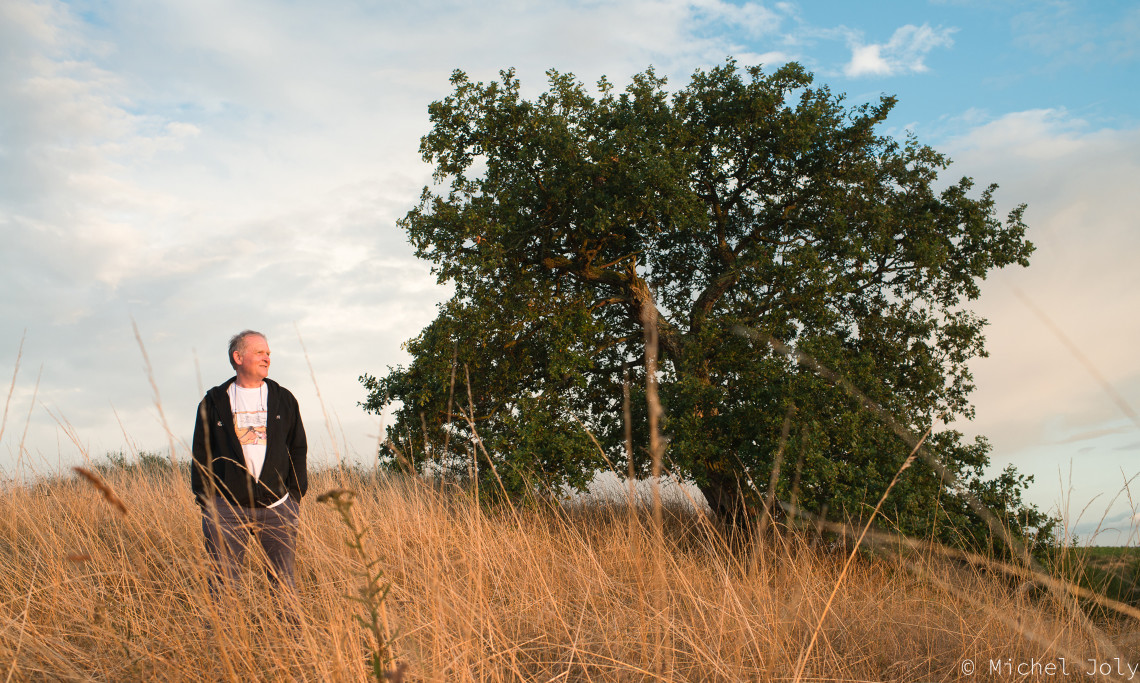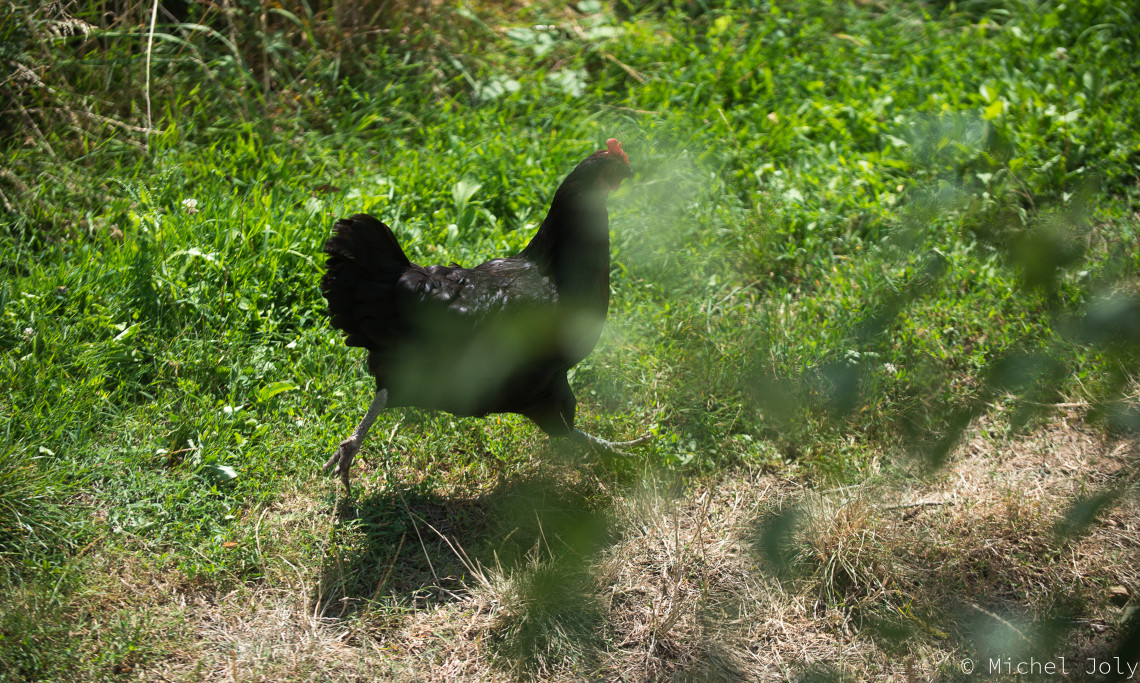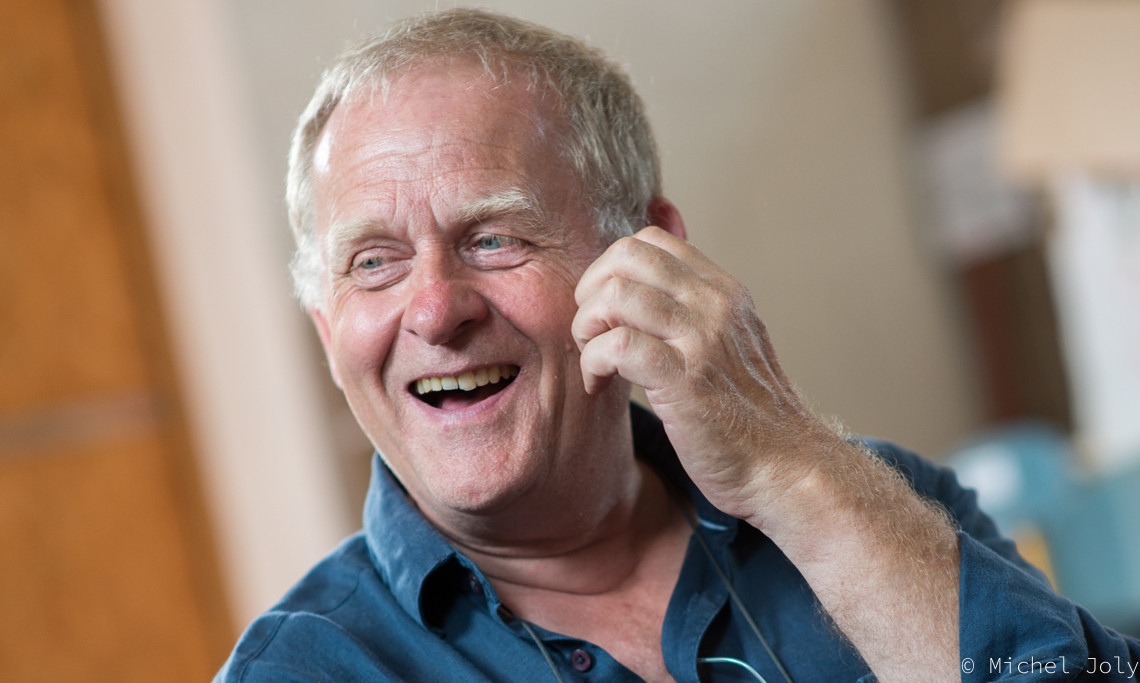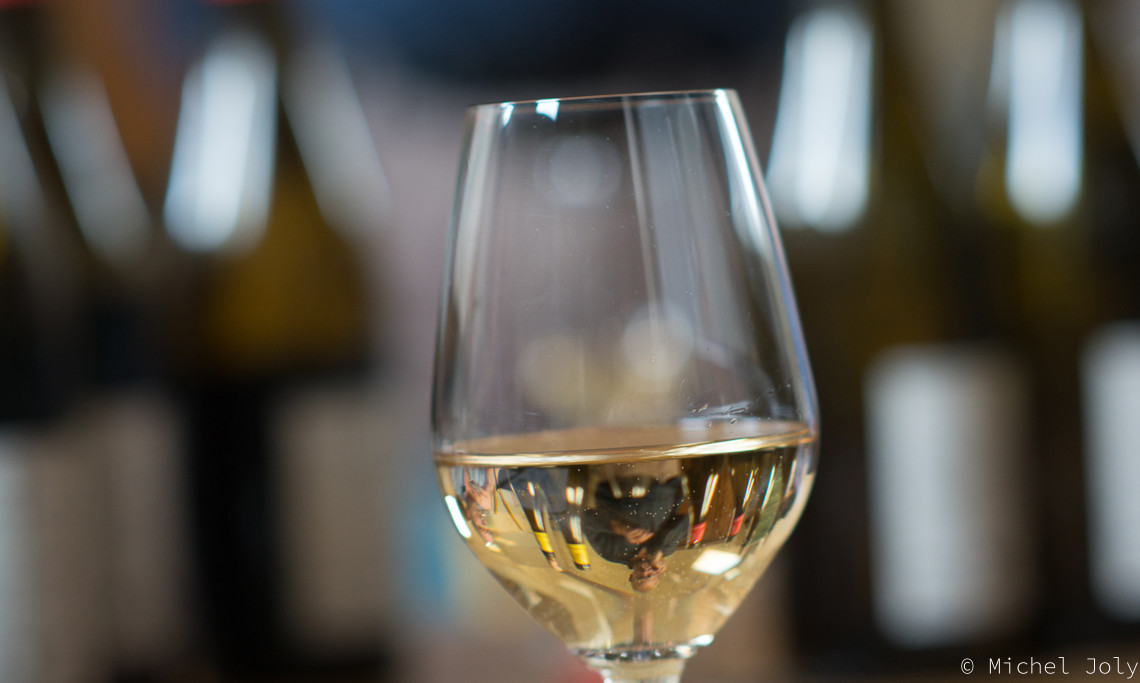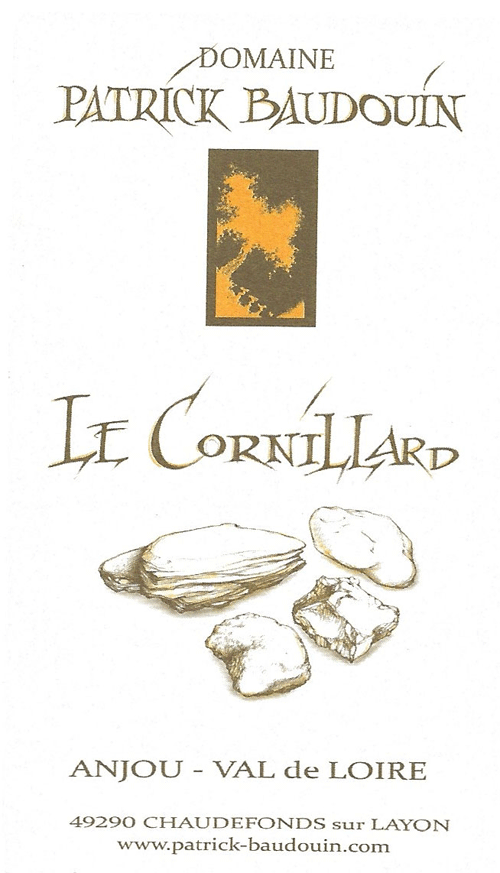Domaine Profile
- Location: Chaudefonds-sur-Layon, Anjou, Loire Valley
- Size: 13.5 ha (33.4 ac)
- Varieties: Cabernet Franc, Cabernet Sauvignon, Chenin Blanc
- Viticulture: Certified organic (AB, 2005), certified biodyverse (LPO), only copper-sulfur treatments, horse plowed since 2019, planted trees and hedges, massale selection.
- Vinification: No chaptalization since 1994, 100% de-stemmed, fermentation and aging in used barrels and demi-muids, fermentations started with ambient yeasts but sometimes neutral yeasts are used to re-start fermentations. Minimal SO2 added before bottling.
Patrick Baudouin took a circuitous route from city life to his final destination in the Côteaux du Layon. It was only in 1990, after twelve years of factory work and a stint selling books in Paris, that he decided to take over the estate his great-grandparents founded in the 1920s. Today, Patrick is shaking things up, where he is fighting to outlaw chaptalization for sweet wines. In collaboration with some of France's greatest wineries – he is working to promote a return to the founding values of the AOC system. The goal is to establish a trustworthy seal of origin and quality, rather than a mere guarantee of geographical origin with a bar set low enough for production requirements as to let pretty much everyone in.
The domaine is certified organic. In the cellar, Patrick “gives birth to wines, (he does) not fabricate them.” He uses ambient yeast during fermentation, eschewing chaptalization, and adding only very small doses of sulfur. Patrick has received considerable recognition in France as one of the new stars for Côteaux du Layon and Quarts de Chaume. His is the only Loire Valley wine to be included in legendary French collector Michel Chasseuil’s ‘100 Vintage Treasures.’ Domaine Patrick Baudouin comprises 13 hectares of vineyards on the great terroirs of the Anjou Noir, the Black Anjou named after the dark-colored ancient rocks of the Massif Armoricain. They cover the eastern arm of France and are the remnants of the once mighty Hercynian mountain range. These eroded ancient rocks are a cocktail of granites, shale, schist, tuffs (volcanic ash, not tuffeau), hard coal, sandstone, and quartzite.
The hills of the Côteaux du Layon are the result of a geological fault that is 120 kilometers long, which goes from the north of Nantes all the way to the south of Saumur. The fault was created during the rising of the Alps. The vineyards are situated north of the fault (and the Layon), on hills facing south and southwest that only reach up to 80 meters above sea level. Southwest of the Layon, the Massif Vendeen rises up to 200 meters and deflects the clouds that come up from the Atlantic. This means that despite its proximity to the Atlantic, the Côteaux du Layon receives some of the lowest rainfall in France, an average of only 600 millimeters per year, very similarly to Alsace and the Vosges mountains. But little rainfall does not mean low humidity.
These little hills remain open on the west to the Atlantic, and they lie between two rivers, the Layon and the Loire. The conditions for botrytis are ideal. “Every vintage it is there”, says Patrick, “always a temptation, always a risk.”
